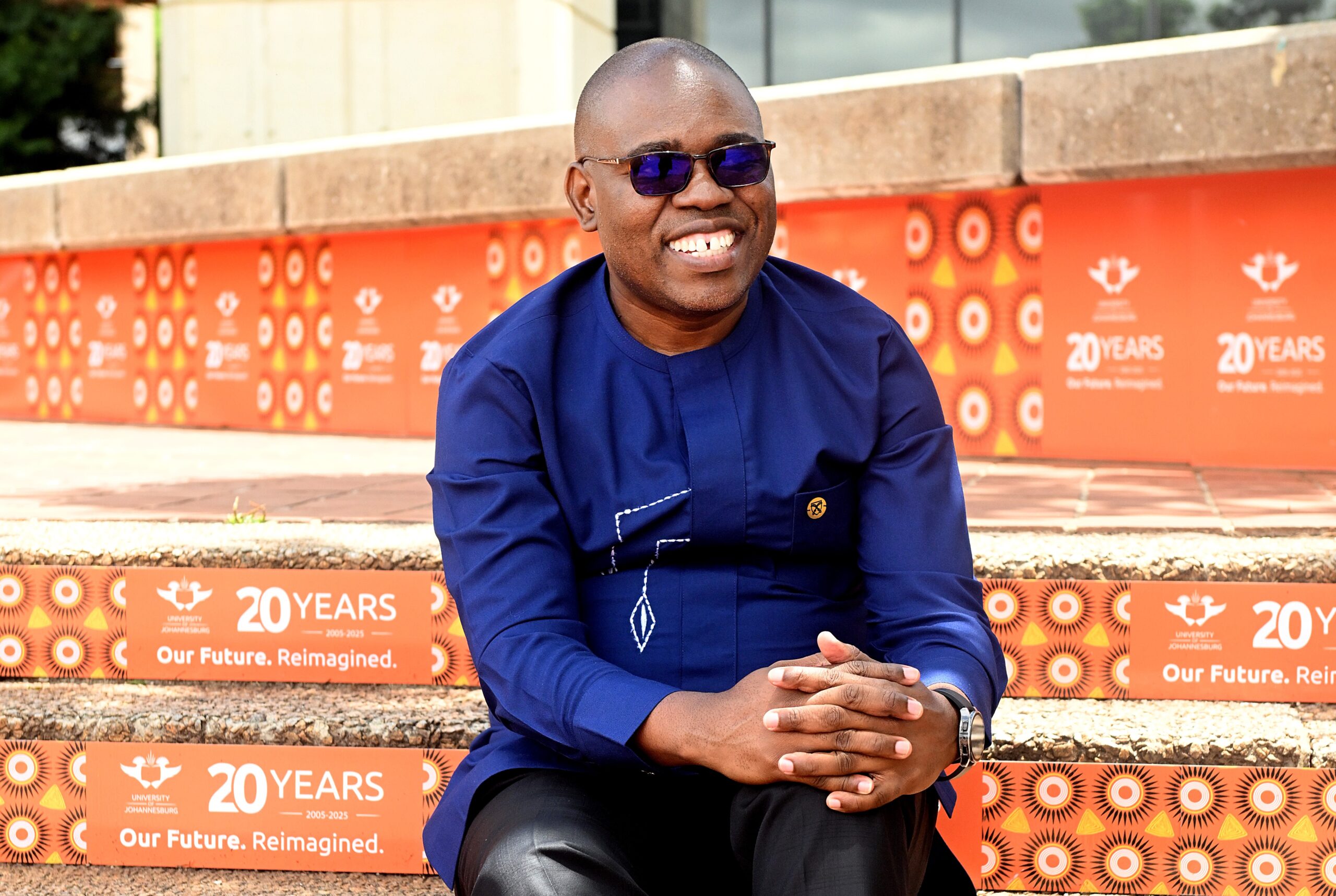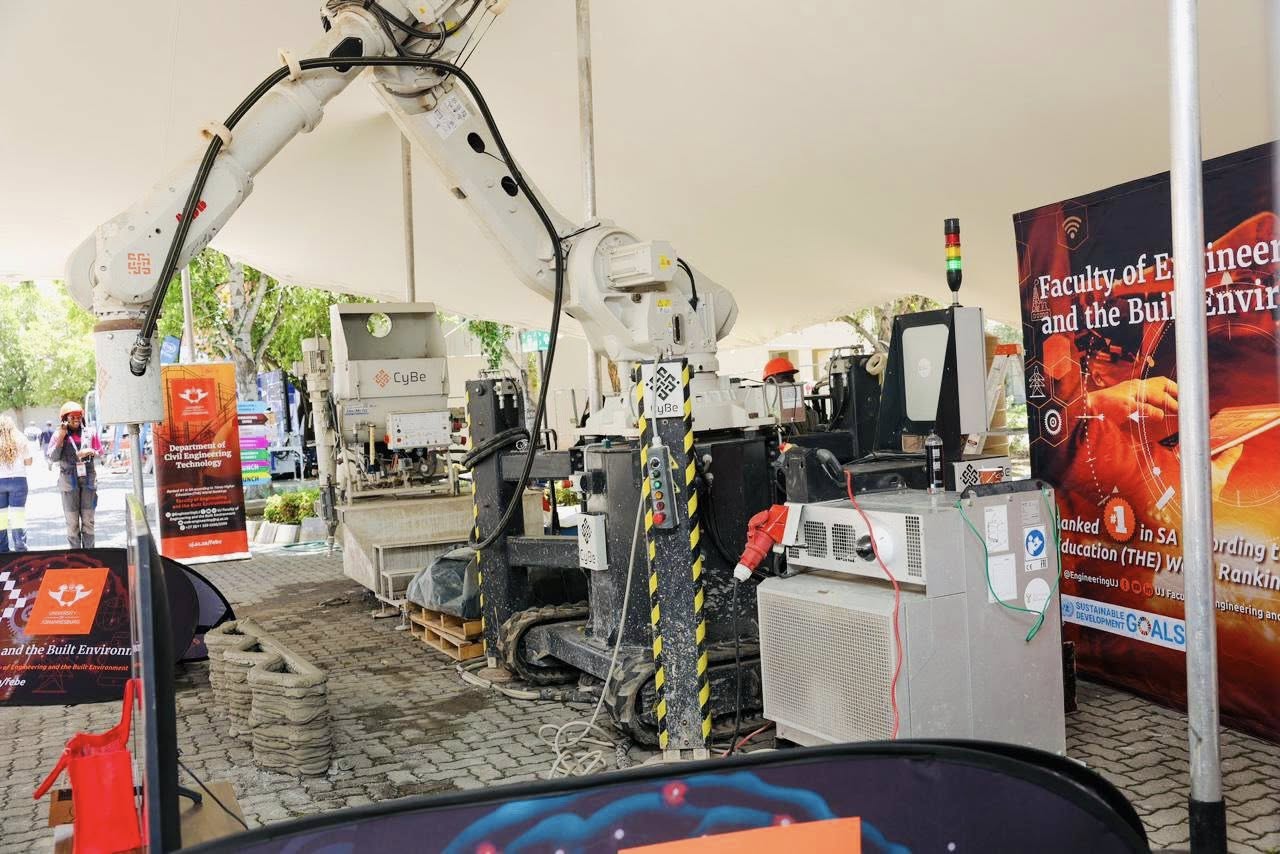The University of Johannesburg (UJ), in collaboration with the Department of Science and Innovation (DSI) and the KwaZulu-Natal Department of Human Settlements, built a low-cost house in eight hours using 3D printing technology.
This printed house is a first for South Africa and has the potential to improve the delivery of RDP houses in the country.

Speaking at the launch event at UJ’s Doornfontein Campus on Friday, 27 January 2023, outgoing UJ Vice-Chancellor and Principal Professor Tshilidzi Marwala said this is a project he is particularly excited about.
“This is among the last projects that will be rolled out during my tenure as Vice-Chancellor of this University, and it is one I am particularly excited about! UJ’s emphasis in recent years has been two-fold: to emerge at the fore of the fourth industrial revolution (4IR) and to create sustainable development solutions. In response to the South African housing crisis, we began exploring the use of 3D printing, also known as additive manufacturing, to address SA’s social housing backlog in 2022,” he said.
Prof Marwala explained that 3D printing is a technique that uses a device to create physical objects from digital models: ” The range of 3D-printable materials has grown significantly over the years, making the technology appealing to a wider array of industries. This 3D printer at UJ is fast. A house can be completed in one day – quicker than traditional construction. “If we invest seriously in this technology, we can quickly provide our people with decent and strong housing and put an end to informality.”
The 3D printer uses a specific type of cement that dries faster than normal cement used in the construction industry. It can print almost any structure. For any additional elements, such as a bench or pot for the garden, the design is simply loaded into the machine, which then creates it out of the cement.

Minister of Higher Education, Science and Innovation, Dr Blade Nzimande said the country is facing a backlog of more than 23 million houses, and that this technology may just be the solution to this problem.
“The Department of Human Settlements is launching several initiatives to clear the backlog and that is one of the possibilities. It is a quick way to build good quality houses and the whole process also has a much smaller impact on the environment,” he said.
Dr Nzimande added that this project will not pose a threat to the construction sector as there will still be workers needed to build the foundation and other elements of these houses.

Professor Jeffrey Mahachi, Head of School: Civil Engineering & The Built Environment at UJ, stated that this printing process is not only fast but also cost effective.
“The interesting thing is you can print a house in 8 hours-I am assuming here that the foundation is done. The quality is excellent, and the product is cost-effective,” Professor Mahachi said.
*The initiative is funded by the Department of Science and Innovation and implemented by the University of Johannesburg in partnership with the KwaZulu-Natal Department of Human Settlements.



